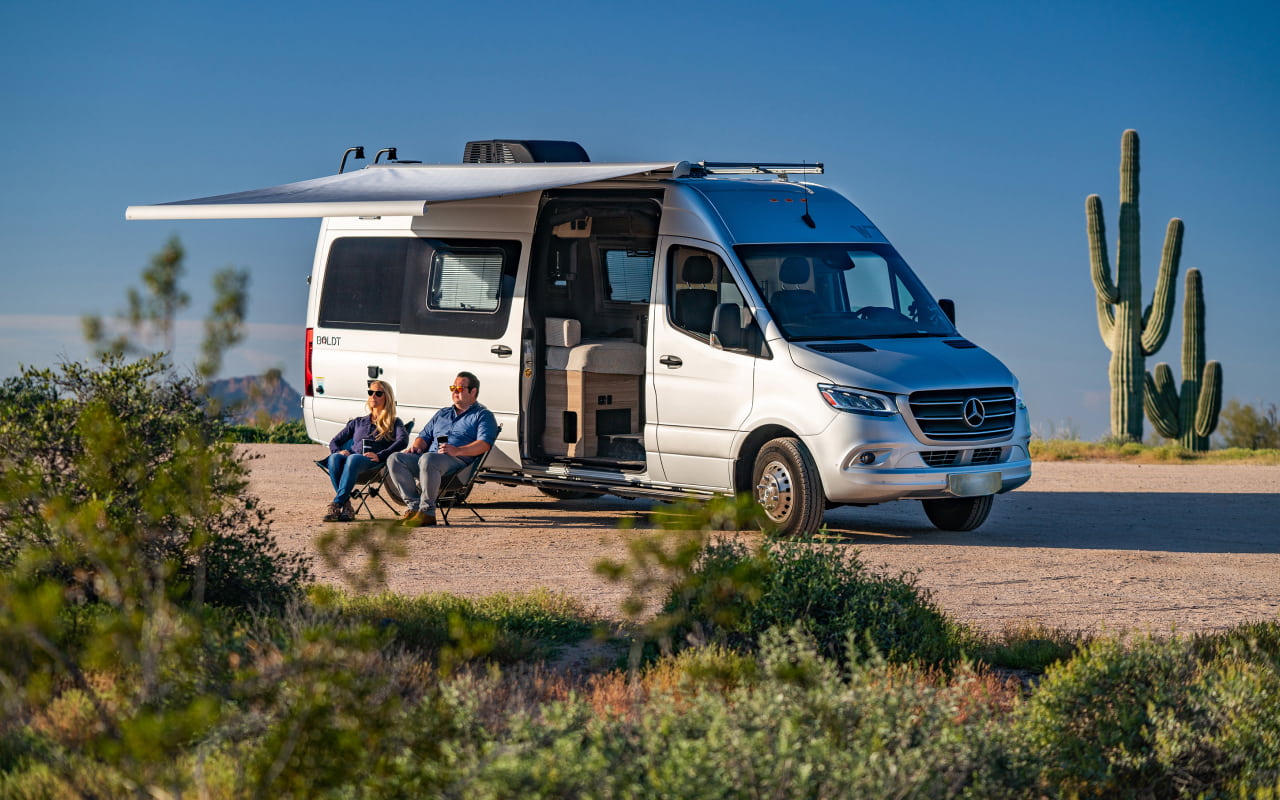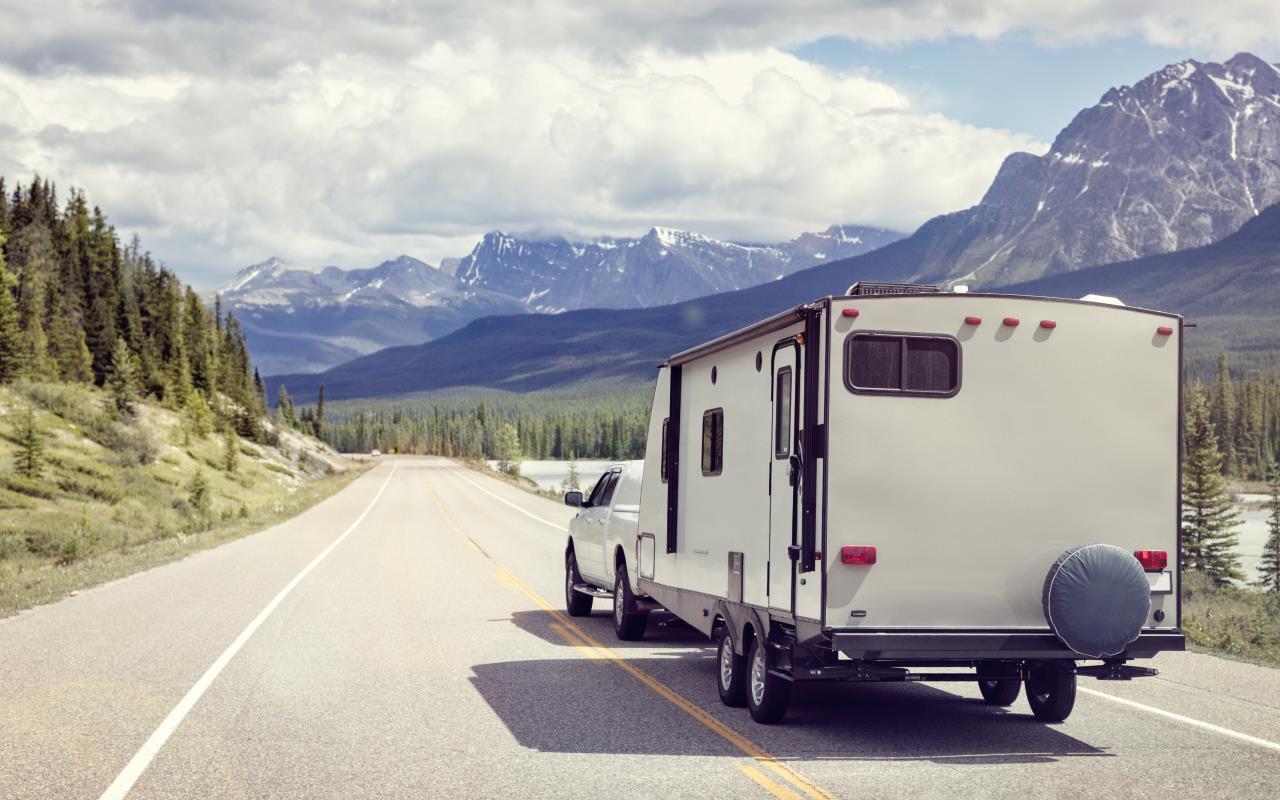
Traveling in an RV opens up a world of adventure for families, but when it comes to bringing the little ones along, safety is paramount. Ensuring your child is securely seated in an RV requires understanding the unique challenges and laws that come with it. From state-specific regulations to choosing the right seat, here’s everything you need to know about RV car seats
When it comes to family fun, few things compare to RVing. Whether you’re seeing top scenic drives, driving to the the best fishing spots in America, crossing destinations off of your bucket list, or you’re visiting our RV resort, you’re likely spending a good amount of time driving your RV to your next destination. If you’re bringing the kids or grandkids along for the ride, you may need to put a car seat in your RV. Some types of RVs have different seat belts or car seat tether systems, offering several options for putting car seats or booster seats into your RV.
Can You Put Car Seats in an RV?
Yes, you can put car seats in an RV. Most RVs feature seat belts that can accommodate booster seats, LATCH car seats, or top tether anchor car seats. But, it’s important to make sure that your RV fits the specifications of your car seat type. For example, infants typically need to ride rear-facing in the car seat while older kids should ride forward-facing. The positioning of your RV’s seating will determine which type of car seats can fit.
Where Do You Put Car Seats in an RV?
Generally, when car seats are put in an RV, they’re used wherever you find compatible seating and seat belt types. For most RVs, this is generally in the dinette or in jump seats that are throughout the vehicle. When in doubt, read the details of your car seat’s installation guide or contact our RV experts.
RV Car Seat Laws
As with RV seat belt laws and RV license requirements, the exact regulations for car seats in recreational vehicles varies by state.
RV Car Seat Laws by State
The majority of states don’t have specific car seat laws but instead, they have requirements for RVers to buckle up based on where they’re sitting. When younger children are in the RV, this means they’ll need a booster seat or car seat to be safely buckled in. Several states require RVers, both the driver and passengers, to be buckled up no matter where they’re sitting. But some states have age-specific requirements for passengers in the back of the RV.
States where kids sitting in the back of the RV are required to be buckled up include:
- Arizona, 15 and under
- Connecticut, 16 or under
- Florida, 18 and under
- Georgia, 17 and under
- Illinois, 15 or under
- Kansas, 14 or under
- Lousiana, 12 or under
- Minnesota, for kids younger than 10
- Mississippi, for children 10 and under
- Nebraska, 17 and under
- New Jersey, 17 under
- New York, 15 and younger
- North Carolina, 15 and younger
- North Dakota, for kids under 17
- Oklahoma, 12 and under
- Pennsylvania, for anyone under 18
- Tennesee, for those under 16
- Texas, 17 and under
- Virginia, 16 and under
- West Virginia, 17 and under
- Wisconsin, 15 and under
If your child is younger, they’ll likely need a car seat or booster seat to be safely buckled up in the RV. Before you embark on your RVing journey, check with the DMV or highway administration of the states you’ll be driving through for the most up-to-date RV car seat and booster seat requirements.
How to Install a Car Seat in an RV
Depending on the type of car seat you’re installing and your RV, putting a car seat into your RV is similar to installing a car seat in your passenger car. Some RVs have unique tether systems where car seats can be anchored using a back tether and a front seat belt, providing three points of connection.
Some RVs have anchors for car seats or booster seat tethers on the floor or ceiling as well. These tethers are designed to help secure the child’s seating. When installing a car seat in your RV, make sure that the car seat is facing in the appropriate direction for your child’s age. In most cases, this will either be rear or forward-facing.
Best RVs for Car Seats
When browsing RVs for sale, it’s important to choose an RV that will accommodate your car seat needs. For many people, this means purchasing an RV with a forward-facing seat and tether system for their car seats or booster seats. Many Class B RVs include this type of setup, and a growing number of Class C motorhomes also support this type of travel.
If you’re camping with a towable RV such as a fifth wheel or toy hauler, it may be best to use your car seat in the vehicle you’re using to tow your RV. Standard passenger vehicles such as SUVs and trucks are generally a great fit for any car seat or booster with the correct orientation for your child. If you’re looking to upgrade your RV for one that’s a better fit for car seats, you can learn more about your current rig and what your RV is worth so you can trade in your current RV for one that’s your best fit.



